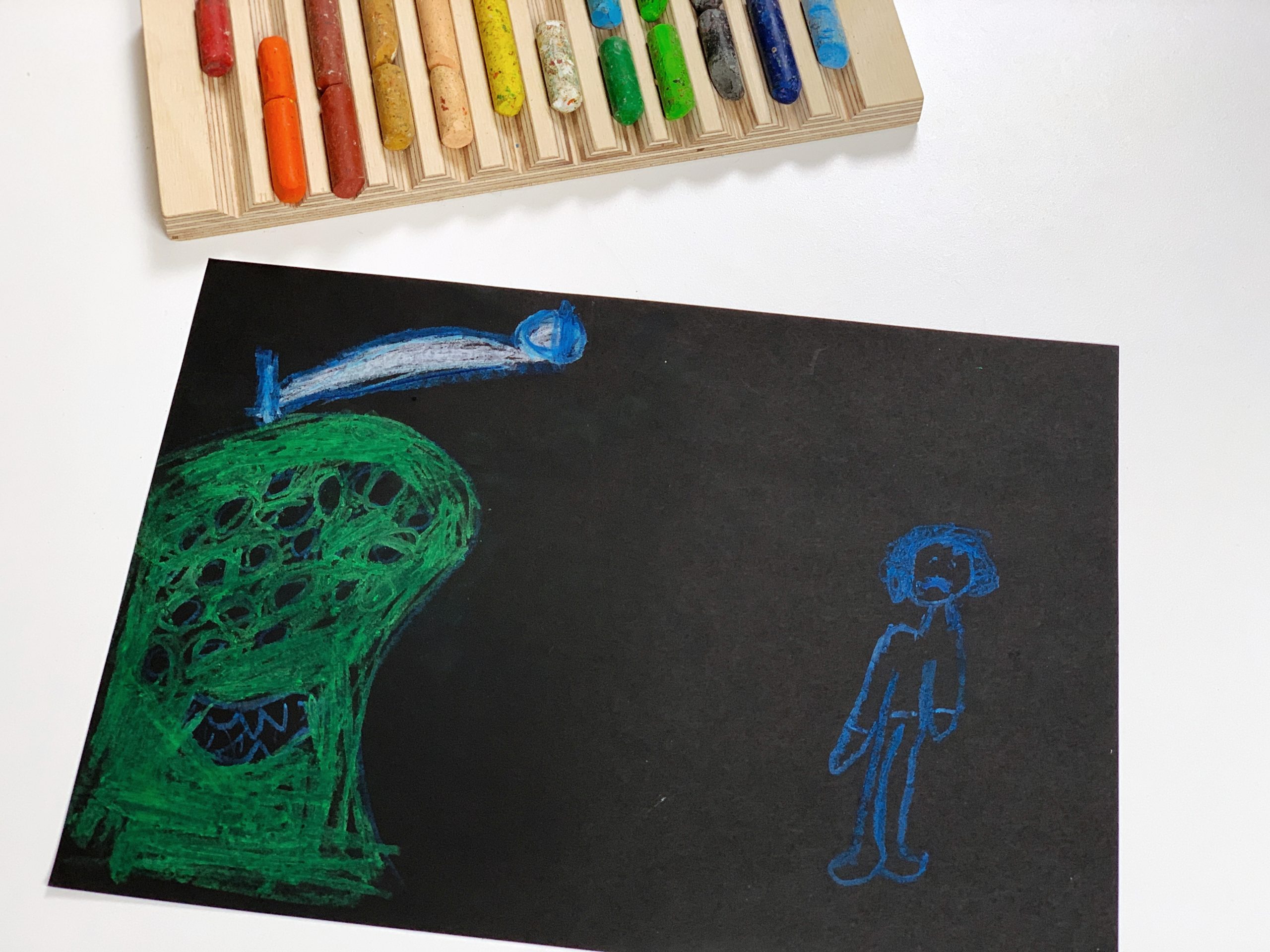Emotions are felt differently by each person. Fear, for example, can send us body signals like dilated pupils, sweaty hands, and a feeling of butterflies in the stomach.
Fear is a survival instinct that gives us information essential to our safety, still, it is considered a negative emotion because it makes us feel uncomfortable and stressed, inhibiting our freedom to think and act.
In this play invitation, we challenge children to reflect on their experiences to find relationships between being scared or afraid of something and how that compromises their freedom to act, move or be.
Children can expand their emotional literacy and develop their identity and communication skills through language and symbols.
What Could Lead Us to This Play Invitation
- Children have been showing scare of some real or imaginary situations;
- Children have been playing about finding good places to hide from scary things;
- Children are excited about exploring dark or mysterious places.
Materials Needed
• Black paper.
• Soft pastels.
Setting up this Play Invitation
- Read the book Me and my Fear by Francesca Sanna to yourself and get familiar with the story.
- Prepare a table with black paper and soft pastels.
Tip: Clear some space around the table because children may want to act out some of the situations they will be discussing.
How to Explore
- Explore with the children the text and the images of the book Me and my Fear by Francesca Sanna.
- Dialogue about how fear conditioned the freedom of the characters. You can ask questions like:
- What are you afraid of?
- How does that fear take your freedom? What things can’t you do or go?
- What would happen if you didn’t feel that fear?
- What could help you not feel fear?
- What would you say to someone with fear?
- Invite the children to represent their fear graphically using the soft pastels on the black paper.
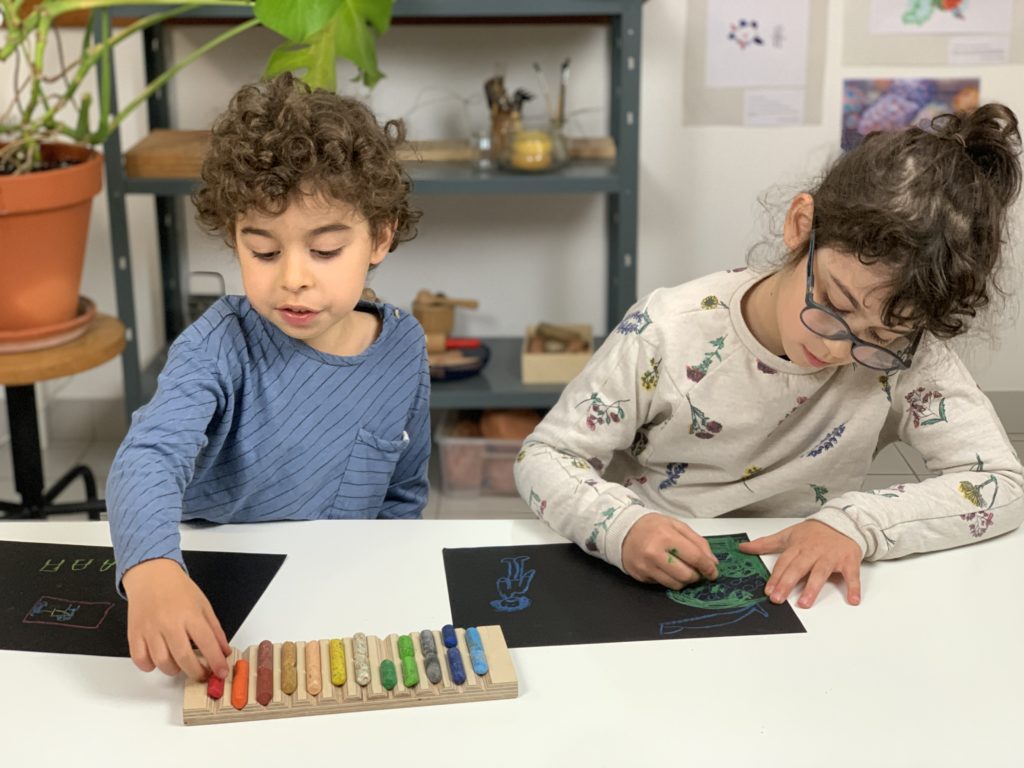
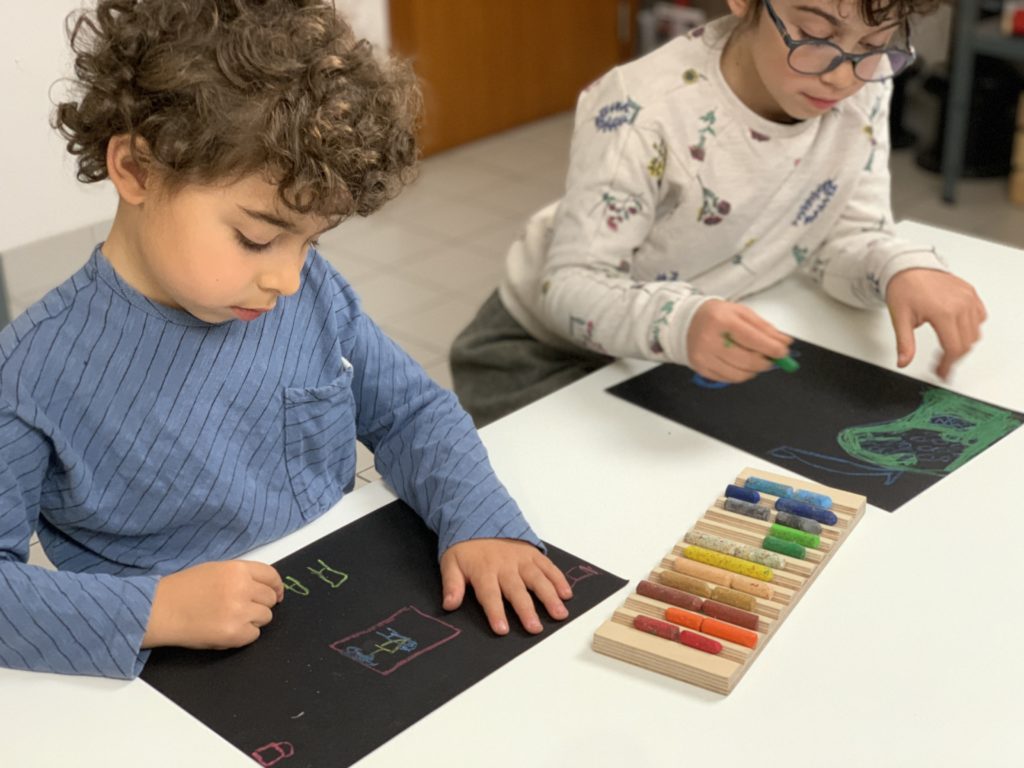
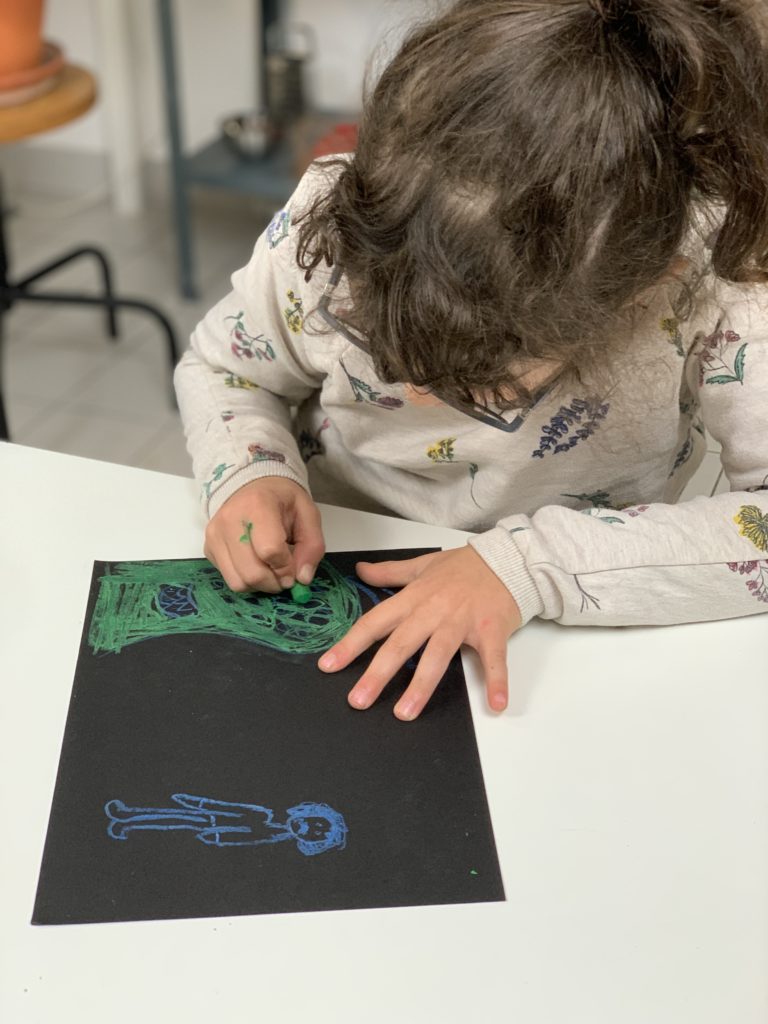
Optional Next Step: Let children share their drawings and stories. Who else has the same fear? What do they do to face it?
How to Nurture the Natural Unfolding of the Child’s Identity During This Play Invitation
- Children have the right to express emotions and talk about them. Help them put into words what they are feeling by tuning in to their body language.
- Honor children’s emotions by being the safe adult that respectfully listens and helps them to feel safe and learn to feel at ease. Always offer support, protection, soothing words, and hugs no matter how silly or unjustified it may seem to us. It’s normal to feel afraid of new, big, loud, or different things and situations, and we should never diminish children’s feelings.
The Academic Learning Opportunities
- SOCIAL: Self-awareness, listening skills, expressing emotions, building group cohesiveness and empathy.
- ART: Exploring drawing, contrast and self-expression, representing a story or situation through symbols.
Extensions
- Challenge children to role-play the situations that cause them fear and, together, problem-solve how to help each child overcome their fears. Or you can invite children to be a pretend super hero and ask them what is their super power.
Book Recommendation
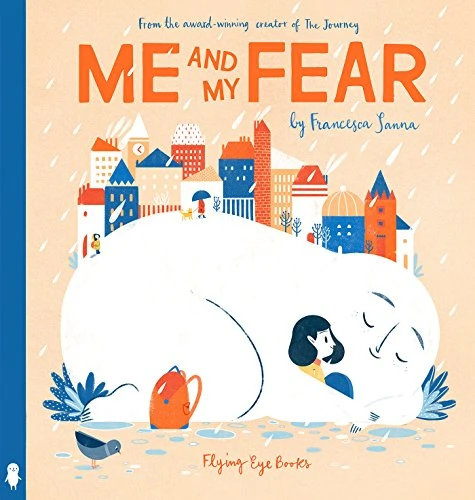
A beautiful story about the importance of sharing our fears.
